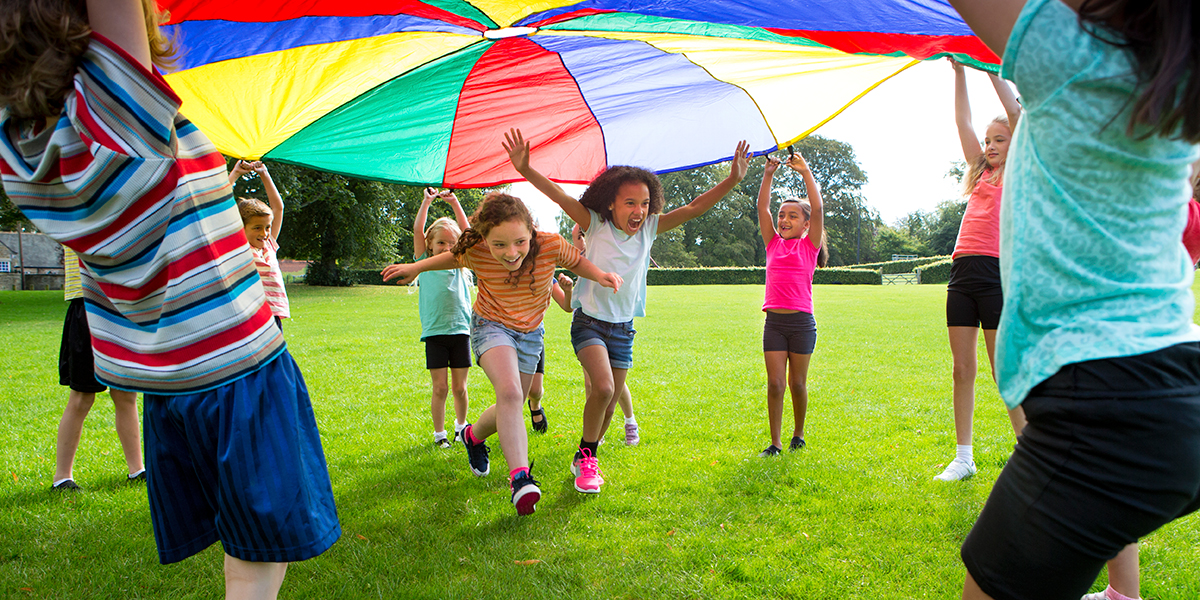Among the strategies highlighted by health and education experts during a July 29 webinar held by the California Department of Education to help local educational agencies safely return to in-person instruction, one was repeated throughout:
“Vaccines, vaccines, vaccines — really important,” said Dr. Naomi Bardach, state lead of the Safe Schools for All Team. “Everybody eligible for those vaccines, getting them really decreases the risk in our communities and in our schools. Then masking and ventilation, testing and staying home when sick.”
Because children are more likely to catch the virus at home rather than at school where other mitigation strategies are in place, promoting vaccines in the community among those aged 12 and up is critical.
In Chula Vista Elementary School District, efforts to promote vaccines in the community has included busing parents and grandparents of students to vaccination centers, said Superintendent Francisco Escobedo.
“Vaccination is probably the number one shield against COVID,” he said, noting that the district has implemented other strategies to keep students and staff safe, including hiring dedicated staff for contact tracing, creating videos modeling good hygiene, overhauling ventilation systems, expanding its robust testing protocols and purchasing personal protective equipment.
In addition to addressing physical health needs, the district has also drastically increased mental and social-emotional health supports, ensuring that every site has at least one full-time mental health professional, and incorporating mindfulness exercises and other social-emotional learning competencies in the classroom daily.
“We bought canopies so that we can encourage our teachers to teach outside,” Escobedo continued. “Being in San Diego, it’s great in the outdoors. We try to have our kids eat outdoors, sometimes have lessons outdoors — really trying to create an environment to limit the spread.”
Outdoor learning is expected to become more common as LEAs examine ways to keep school communities safe, but there are other benefits as well, according to panelists.
“Today, research shows there’s reduced transmission of COVID-19 when outdoors,” explained Andra Yeghoian, environmental literacy and sustainability coordinator for the San Mateo County Office of Education. “There’s also a lot of academic and mental health improvements from learning outdoors that are well-documented and researched.”
San Mateo COE was one of the four co-founding organizations that spearheaded the National COVID-19 Outdoor Learning Initiative, which offers a free library of ideas and resources designed to support LEAs in using the outdoors for learning during the pandemic and beyond.
There’s historic precedent for using outdoor learning during a pandemic, going all the way back to the tuberculosis and Spanish flu pandemic, Yeghoian said, and it can be incredibly beneficial for children, but only with proper planning.
Before teachers march students to a designated outdoor spot, LEAs should assess all school grounds to see how much space they have to work with, and what fixtures are already in place that can be utilized. Faculty should be surveyed to get an understanding of what kind of professional development they may need based on their questions and concerns. And infrastructure must be considered — What will students and teachers sit or write on? What shade or shelter is needed depending on local weather and climate? What supplies will teachers and students need outdoors and how will they be transported?
Though it may seem daunting, the National COVID-19 Outdoor Learning Initiative has provided resources and support to LEAs, Yeghoian said.
And taking such steps is well worth the effort if it means keeping everyone safe and schools open for in-person instruction, said State Superintendent of Public Instruction Tony Thurmond.
“We’ve always known about outdoor education as a hands-on way for students to learn to become stewards of the environment, but in the COVID-19 era, hands-on outdoor education becomes a great COVID mitigation strategy,” Thurmond said. “The good news is that we believe we can be ready again for in-person instruction as the default for all California students, but we also know that we have to be careful. We have to be thoughtful. Get a vaccine if you’re eligible. Wear a mask and use COVID testing at a regular interval and help us keep safe.”




